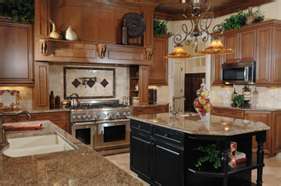Saving Energy with CFLs and LEDs
Lighting accounts for 25 to 33 percent of a household’s annual electricity bill; fortunately, reducing lighting costs is as easy as changing a light bulb. There are two kinds of energy-efficient light bulbs, which use as much as 75 percent less electricity than traditional incandescents – and your bulb will last much longer. The energy-efficient bulbs save energy, reduce your bills, and decrease greenhouse gas emissions. Using timers and occupancy sensors with the bulbs will save even more energy and extend the life of your bulbs. There are two main types of energy-efficient light bulbs: CFL and LED. Here is some information to help you choose between them.
CFLs: Compact fluorescent light (CFL) bulbs are smaller versions of the fluorescent lights in offices and schools, but most of them produce light that is similar to an incandescent light bulb. They use much less energy while providing the same amount of light as incandescent – and they last longer. Each CFL bulb in your house will save you an average of $6 a year or $40 over the lifetime of the bulb. Imagine what you can save if all your bulbs are CFLs! CFLs do emit a small amount of mercury if they break, but far less than in a can of albacore tuna, so you don’t need to worry. However, CFL bulbs take a moment to arrive at full brightness, which many homeowners find annoying (particularly in places like closets where you only need light for a brief time). In addition, they do not perform well in below freezing temperatures and can grow dimmer inside enclosed, recessed lights. Still CFLs are inexpensive, readily available, and will definitely lower your energy bill.
LEDs: Laser-emitting diode (LED) bulbs are still relatively new to the market. They are based on the technology you find in LED displays on electronics, instrument panels, and Christmas lights. However, manufacturers have had difficulty using them for larger applications like bulbs. Now they are beginning to come in the market in the form of bulbs that cluster many LED lights together. They offer several advantages. They are solid-state, so there is no risk of breakage. They can generate twice the amount of light for the same wattage as CFLs, and thus consume far less energy. They also generate less heat than CFLs, so they save on air conditioning costs and pose almost no fire risk. Because they last far longer – as long as 20 years – than CFLs, so they are good for use in hard-to-access locations and they cut down on the number of light bulbs in landfills. They can be effectively used in recessed lights and outdoors in freezing temperatures. However, LEDs are still new technology, so fewer manufacturers make them. On the other hand, those brands which are sold are rigorously tested, so you know they will perform. LEDs also tend to be more expensive (although prices are coming down), but if you are comparing CFLs to LEDs, be sure to remember that you will be replacing the CFLs more frequently.





